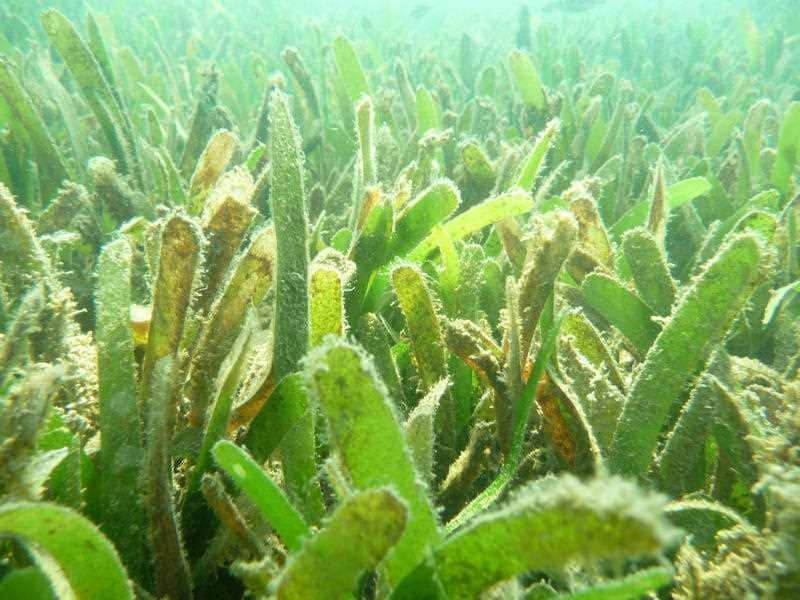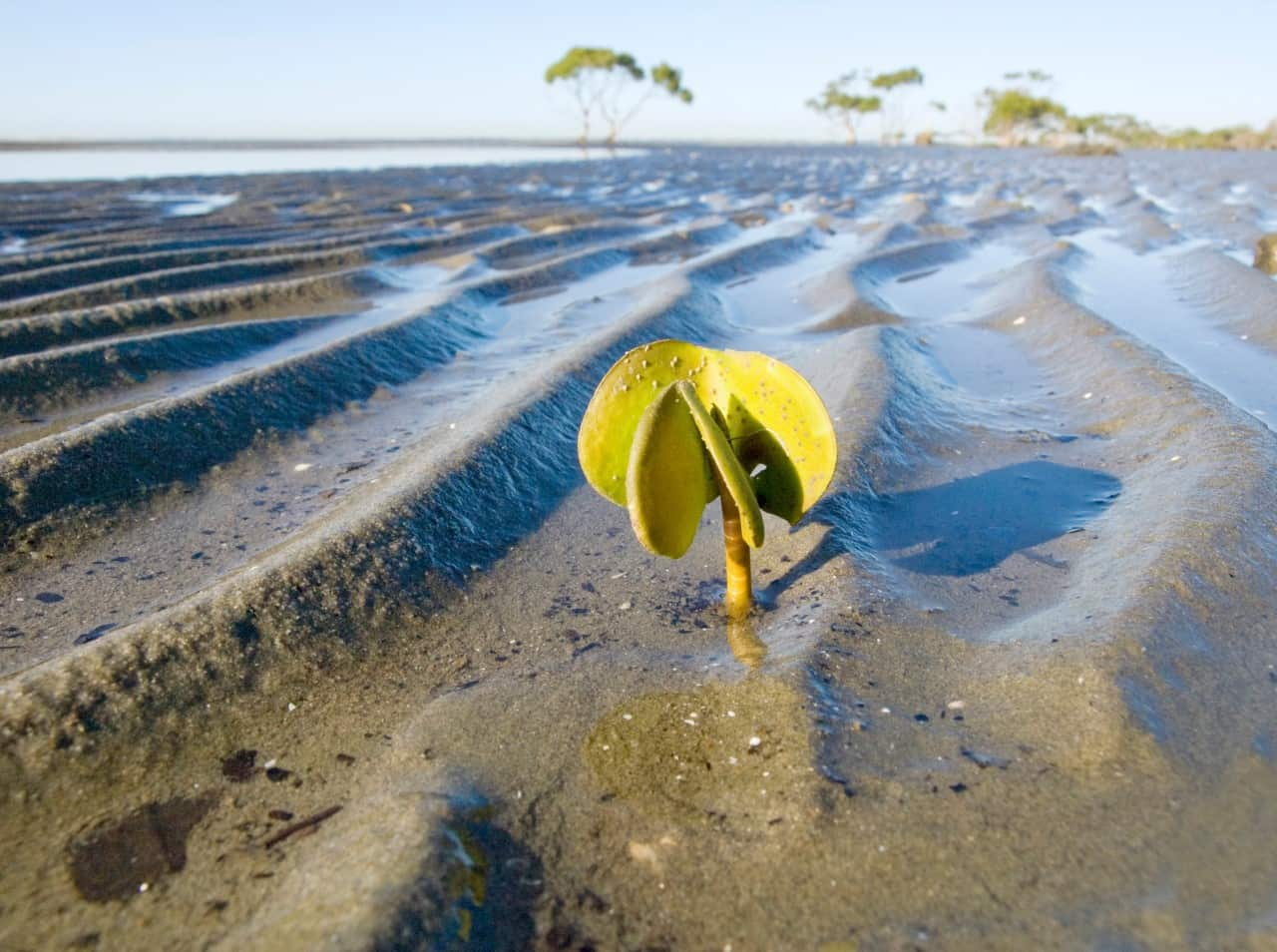Restoring Australia's damaged wetlands and coastal vegetation would have the same impact on the fight against climate change as taking over four million cars off the road, world-first research says.
Researchers from Perth’s Edith Cowan University have helped an international team of experts pinpoint the volume of greenhouse gas absorbed and released by Australian marine ecosystems, known as “blue carbon”.
Published in the Nature Communications journal, the paper says Australia's coasts are a global carbon storage hotspot, absorbing 20 million tonnes of carbon dioxide annually.
That is about the same as annual emissions from over four million cars.
Damage to marine ecosystems is also causing three million tonnes of carbon dioxide to be released back into the atmosphere each year as a result of coastal developments and the effects of climate change, according to researchers.
“These blue carbon systems store plenty of carbon and because we are losing them, we are generating emissions from these losses," Oscar Serrano, lead author and Research Fellow at the ECU’s Centre for Marine Ecosystems Research, said.
Despite the protections Australia already has on many coastal ecosystems, significant chunks are being lost to coastal developments and the effects of climate change, researchers said.
CSIRO Coasts Research Director Andy Steven said Australia has around 10-12 per cent of the world’s blue carbon stocks and being aware of that when making policy decisions would yield “significant advantages”.
"If we were to restore just 10 per cent of historic losses in tropical mangroves - that is roughly an area of 1150km squared - this would enhance carbon sequestration by about four to five per cent.”

Seagrass in Queensland's Gladstone Harbour Source: AAP
What is blue carbon and why is it important?
Blue carbon refers to the carbon captured by the world's coastal ocean ecosystems, which are predominantly made up of seagrasses, mangroves and salt marshes.
Blue carbon ecosystems play an important role in climate change mitigation.
Vegetated coastal ecosystems suck in carbon dioxide up to 40 times faster than inland forests due to an ability to store large amounts of carbon in soils.
It is estimated there is four times more carbon sequestered in Australian soil beneath marine ecosystems over a given area than in other environments.
found extreme climate events damaged more than 8,000km of marine ecosystems along Australia’s coast between 2011 and 2017.
Some damage was deemed “irreversible”.

Grey mangroves at Deception Bay, Moreton Bay Marine Park, Queensland Source: Getty
'Tens of millions' of carbon credits
Researchers said their work also provides a financial baseline for investors looking at blue carbon projects to offset emissions and has the potential to create more than $16 million worth of carbon credits annually.
“The work we are describing ... goes a long way to actually giving some confidence, in terms of what the value of that carbon [and] to whether those numbers can be trusted,” Dr Steven said.
“With a carbon trading price of $12 per tonne, which we report in the paper, the potential for blue carbon projects within Australia alone is worth tens of millions of dollars per year in payments from the Australian Emission Reduction Fund and voluntary carbon markets.”
Australia is home to around 10 per cent of the world’s blue carbon ecosystems, Dr Serrano said, and the paper positions the country as a potential world leader in their protection.
“There is enormous potential for us to take a lead role in this space,” he said.
“This research points to hotspots for the implementation of blue carbon projects at a national level.”
“It is also internationally significant [because] other countries can take the work we have done here and use it to create their own baselines for blue carbon assessments.”



